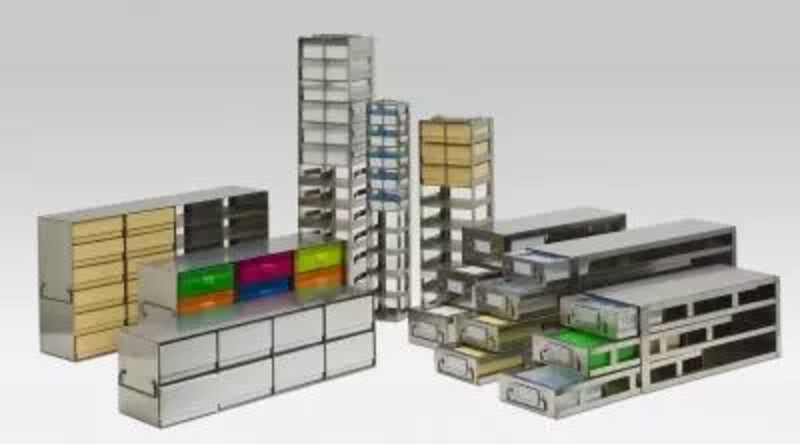How Do Cryogenic Freezers Differ from Conventional Freezers?
August 16 2017 /
Following scientific and medical advances, the first ultra-low freezer was developed in 1991. Temperatures could reach -152° C. The advances included in vitro fertilization and stem cell transplants. Since then, cryogenic freezers have a bigger capacity, alarm system, better refrigeration technology, and improved insulation.
Twenty years of specialist expertise is responsible for ultra-low temperature freezers that offer unparalleled uniform temperatures, reliability, and safety. Cryogenic freezers are used to store:
- Bone marrow, epithelial cells, and adipose tissue from stem cell therapy
- Blood products for immunological analysis
- Components for industrial manufacturing shrink fitting of parts
- Embryos and oocytes for in vitro fertilization
- Ovarian tissue for preserving reproduction for women undergoing treatment
- Plant seeds and shoots for breeding
- Stem cells for autologous transplants for high dose chemotherapy patients
- Semen for artificially inseminating race horses and guide dogs
- Temperature testing of aerospace and automotive industry parts
- Umbilical cord blood as progenitor and hematopoietic stem cell sources
NextDayScience distributes Stainless Steel Freezer Racks made by a top quality manufacturer for cryogenic freezers. The racks are made of high-quality stainless steel that is corrosion resistant. They have handles on each end to accommodate left or right handed freezer doors.
The racks are configured to fit any ultra-low temperature freezer. There are vertical racks available for ultra-low temperature chest freezers. NextDayScience also carries Stainless Steel Oversize Chest Racks. They have an extensive product range.
The racks fit standard two-inch metal, plastic, or cardboard boxes. Security lock devices are available for each rack.
